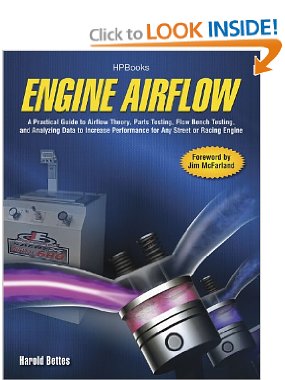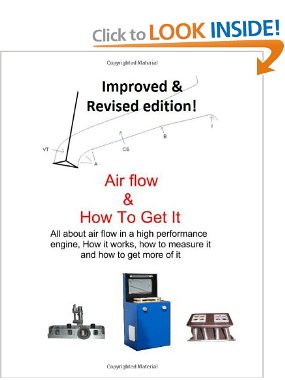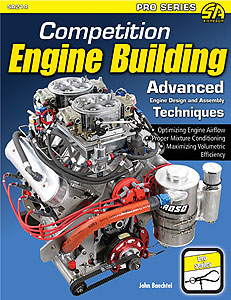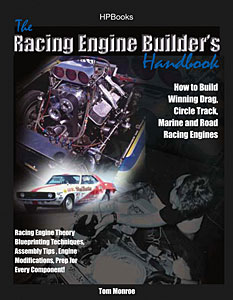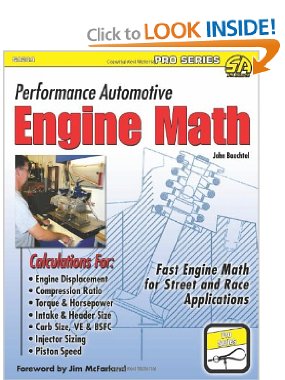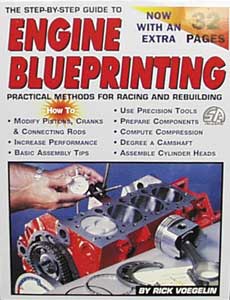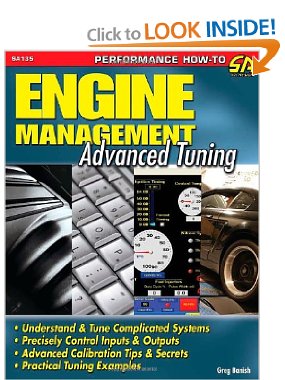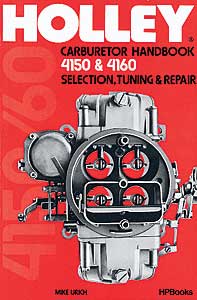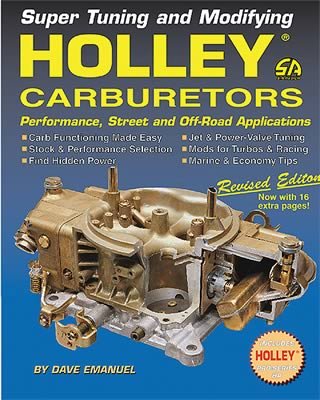like comparing bing cherries to a grapefruit
I think port size shape, height, location & length has allot to do with why the LS engines do so well, hp/per ci, it's not just port volume & were the port is or if it's higher & straighter may be a better advantage than a fat squatty big port... also I'm pretty damn sure camshafts newer better split profiles efficiency, have allot to do with how the LS makes it's power too, allot of engineering, not just lift, it's ramp-speeds, overlap, lobe centers, duration, base circle sizes, valve-train parts weights, valve sizes, even bore sizes, whether the valves are shrouded by the cylinder walls or not & ci. etc., {kind of Bing cherry & Grapefruit} Not really a good idea comparing a BB Mopar Wedge to a LS engine, when the BBM wedge it's a far closer head design to a ol' SBC 265-400ci in style shape, short runner lengths, valve angle size etc., you can take a BB Mopar Max Wedge head & put it on a stock 440 or even 383 bottom end & pick up probably 40-50 crank HP or more, with a mild hyd. cam change, the 906 & MW heads are very similar but MW is taller/higher, wider & straighter ports with a higher floor too, along with bigger exhaust ports, the shape of the port is a big part of where & why they make more power, not just size/volume... 575hp isn't all that hard to get out of a stock 3.75" stroke 440, 280cfm tuned properly will get you there... Flow is very important to making HP/TQ, bigger valves will help more flow too, pocket shape makes a world of difference too, a higher rocker ratios will help make more flow too with all the exact same parts... It's not just head volume & port shape, exhaust tubing size can make a big difference too, too big of an exhaust tube on the header will kill bottom end torque, header length vs tube size vs head flow vs cubic inches can make a 50+hp difference too, {the height of the carb & how far the carb is from the intake valve, can change your exhaust flow too, maybe why the tunnel ram works well up-to between about 3500-6500rpm, below that or after that, parts need to be changed, internally, to take advantage of the long runner & free fall effect, kind of poor mans supercharger},where the exhaust port is makes a big difference in how the gasses & exhaust exits, flow rates making more power when they are raised {intake &} exhaust port like the Victors compared to the std. location of the RPM's... There's a formula about cylinder head flow ideally can make if done properly IIRC 2.06hp/per cfm of flow, upto about 2.5hp/per cfm of flow, naturally aspirated {before you get into all out race engines}, vs a stock BBM 906 cylinder head that flows 220cfm on a good day, would be good for in the neighborhood of 453.2hp if tuned correctly, do a good performance multi angle valve job or increase the valve size it can be a little better in the formula would increase in value {now this doesn't take any cubic inch increase into consideration, there's a formula to compensate for that change too}, if you have the same long block under it with heads that flow 300cfm & get that same 2.06hp/per cfm you get 618hp, you can see how much difference just the cylinder head can "possibly" make... Carb size & intake design shape & height, or a spacer type/style, even will make a night & day difference in air flow.... Then much more with a forced induction/turbo-ed/supercharger or N20... There are some great books on engine mathematic formulas, flow & why & where you make power, camshaft design etc... I highly suggest getting a few of them... Trying to compare a BBC & a BBM especialy a wedge head, with both having completely different style, shape, height, floor shape, length, exhaust port location/sizes, volumes & valve sizes of their respected heads, even bore size for a specific set of heads is like comparing a bing cherry & grapefruit, totally different things, they do not have much in common... sorry I probably didn't make much sense, best I can explain it, with out writing a damn book... I highly suggest you listen too & read any of IQ52's posts on the subject here, he covers all the issues very well, I'm sure he can explain it better than me too, DC .com & Mopar Muscle forums too, he knows what he's talking about... here are a few books you may want to look at & buy, there are many others too... ok I'm done
- - - Updated - - -
I'm not going to answer a bunch of questions line by line either, justify what I said/typed, I broke it down the best I know how, now it's up-to you guys/gals to do the research to learn & understand cause & effect, instead of a needless bickering back & forth... or believing everthing you read on the internet or on these forums even, get with a good engine builder & stick with a certain style of build... Don't fall for all the hype, especially from engine builders {like some mentioned earlier} trying to sell you their heads or their combos or magazines using a bunch of thrown together parts, when they are selected for a certain build, by suppliers, it's allot of slight of hand & special parts to make them look better when tested, given to the rags, for advert. considerations, published in the mags... allot of it is BS & Hokum, salesmanship... trial & error

